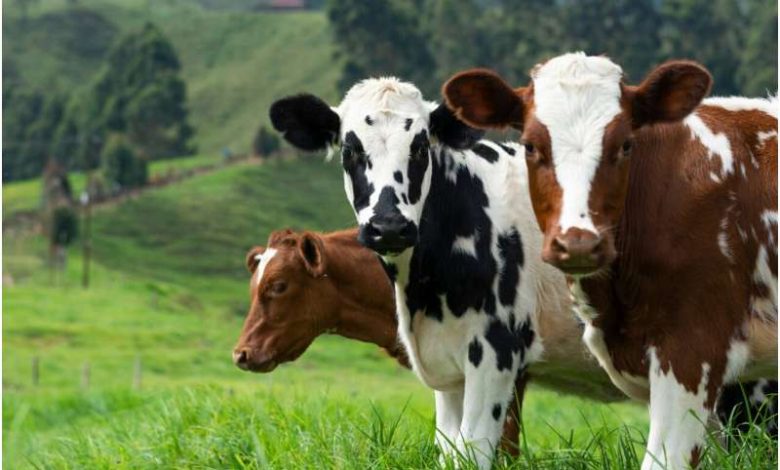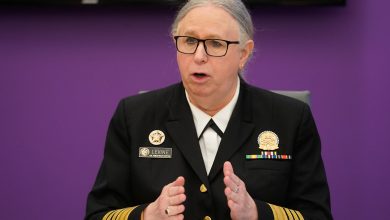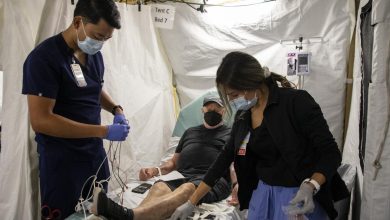New study confirms mammal-to-mammal avian flu spread

According to a new study, mammal-to-mammal transmission of the avian influenza virus has occurred between cows as well as between cows and cats, raccoons, and other dairy cattle in many U.S. states.
Diego Diel, director of the Virology Laboratory at the Animal Health Diagnostic Center (AHDC) in the College of Veterinary Medicine and associate professor of virology in the Department of Population Medicine and Diagnostic Sciences, said, “This is one of the first times that we are seeing evidence of efficient and sustained mammalian-to-mammalian transmission of highly pathogenic avian influenza H5N1.”
The study “Spillover of Highly Pathogenic Avian Influenza H5N1 Virus to Dairy Cattle,” which was published in Nature, has Diel as a co-corresponding author.
Despite the fact that the data clearly indicates mammal-to-mammal transmission, whole genome sequencing of the virus did not find any alterations that would increase the transmissibility of H5N1 in humans. This is troubling since the virus may adapt in mammals, according to Diel.
Eleven human cases have been documented in the United States to date, the first of which dates back to April 2022. All of the cases had moderate symptoms, and four of them have been connected to cattle farms and seven to poultry farms, including an outbreak of four instances that has been reported in Colorado in recent weeks. Given that the strain of the virus that these individuals contracted was the same one that the study’s findings indicated was circulating in dairy cows, the researchers reasoned that the virus was most likely sent from dairy farms in the same county.
Although the virus can infect and multiply in humans, the effectiveness of these infections is quite low.
“The concern is that potential mutations could arise that could lead adaptation to mammals, spillover into humans and potential efficient transmission in humans in the future,” Diel stated.
According to Diel, it is crucial to keep an eye out for the virus in both afflicted animals and any possible human infections. Programs for H5N1 testing have been financed by the US Department of Agriculture, with no cost to farmers. According to Diel, early testing, increased biosecurity, and quarantines in the event of positive results would be required to stop the virus from spreading further.
Since the H5N1 virus was discovered for the first time in January 2022, thousands of wild birds and over 100 million domestic birds have perished in the United States. Scientists from the Texas A&M Veterinary Medical Diagnostic Laboratory and the Cornell AHDC were among the first to report finding the virus in dairy cattle herds. The cows’ symptoms, which included decreased appetite, altered fecal matter consistency, respiratory distress, and aberrant milk with noticeably less milk supply, were probably caused by wild birds infecting them.
According to the study, the virus has a strong affinity for the mammary gland and can infect specific cells. It also exhibits high infectious viral loads in the milk of animals that are afflicted. Pasteurization kills the virus, ensuring a safe supply of milk.
When diseased Texas cows were transferred to an Ohio farm containing healthy cows, the researchers discovered instances of cow-to-cow transmission using whole genome sequencing of identified virus strains, modeling, and epidemiological data. The virus was also linked to cats, a raccoon, and wild birds that were discovered dead on afflicted fields, according to sequencing data. It’s quite likely that the raccoon and cats contracted illnesses from consuming raw milk from sick cows. The researchers believe the infection may have occurred from environmental contamination or aerosols kicked up during milking or cleaning of the milking parlors, even if the exact cause of the infection in the wild birds remains unknown.
A co-corresponding author is Kiril Dimitrov, assistant agency director for research and development and microbiology at the Texas A&M Veterinary Medical Diagnostic Laboratory.
Along with Salman Butt, a postdoctoral researcher in Diel’s lab, co-first authors include Leonardo Caserta, assistant research professor and interim associate director of the Virology Laboratory at AHDC, and Elisha Frye, assistant professor of practice in the Department of Population Medicine and Diagnostic Sciences. Melissa Laverack, Mohammed Nooruzzaman, Lina Covaleda, Brittany Cronk, Gavin Hitchener, John Beeby, Manigandan Lejeune, and Francois Elvinger are among the co-authors from Cornell.




